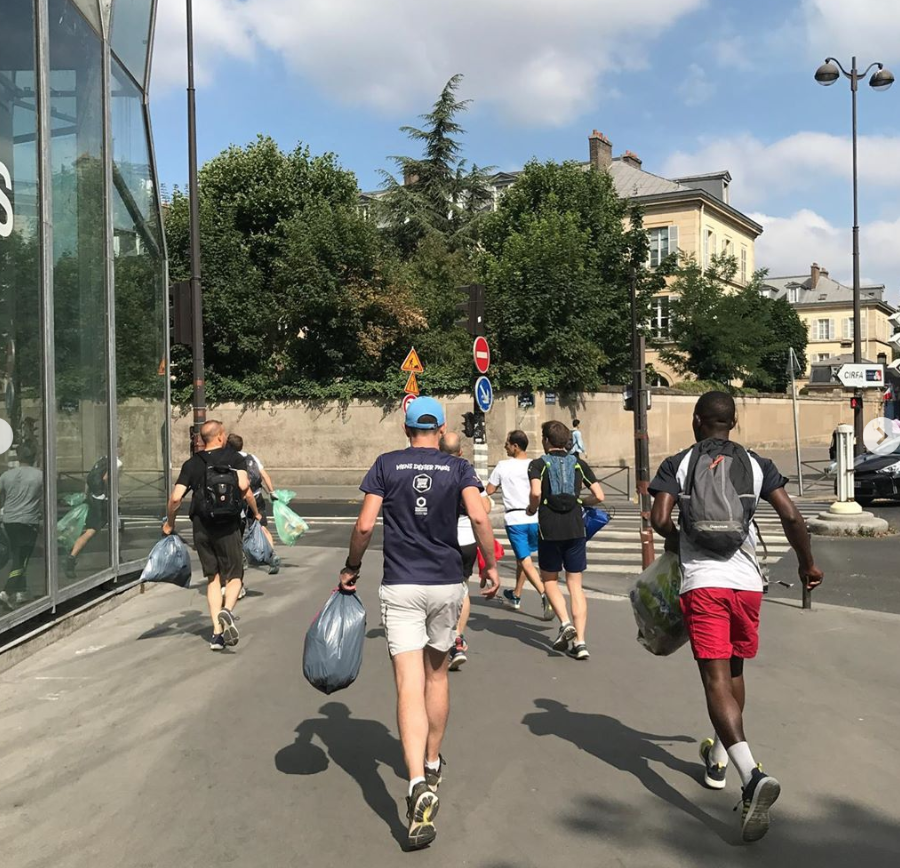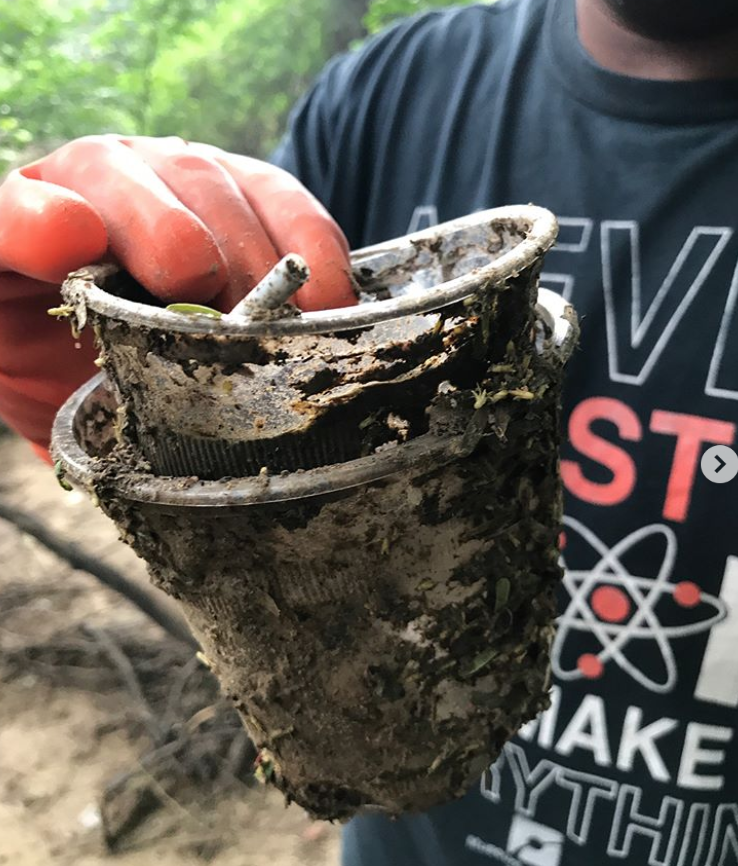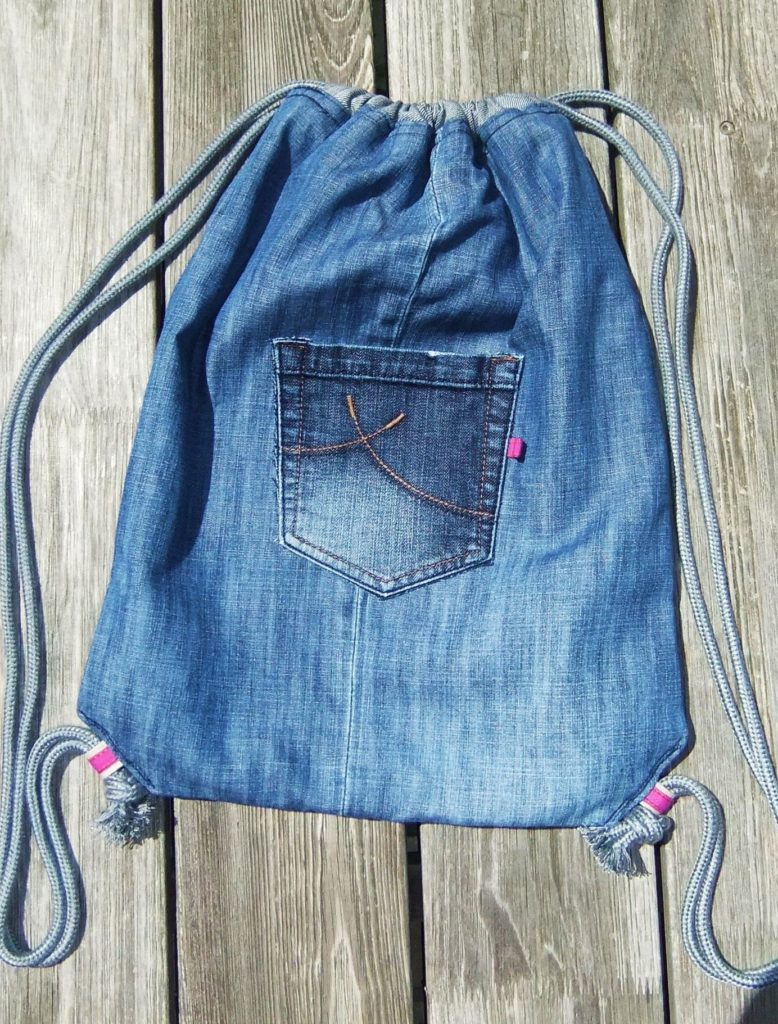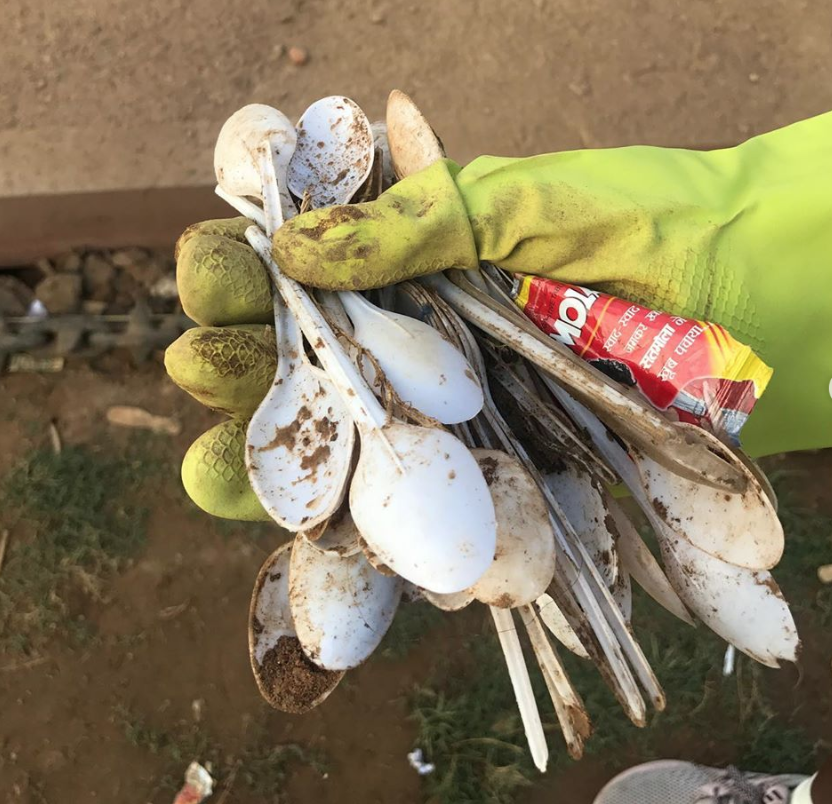Plastic detox through Plogging
 The idea originated in Sweden and spread across the world like wildfire with several local chapters in Europe and Asia springing up. This also became my way of challenging the everyday use of plastic.
The idea originated in Sweden and spread across the world like wildfire with several local chapters in Europe and Asia springing up. This also became my way of challenging the everyday use of plastic.We are so used to plastic that we don’t realise that from the moment we open our eyes in the morning, most of what we see is made of plastic. We have become so used to it that we have stopped asking the important questions: Why is this necessary? Where does this plastic come from? Where does this waste go once it reaches the end of its life cycle?
When I started picking up trash in the beginning, I wondered why I was doing social service for those who didn’t care enough. But I was convinced that individual actions can stoke the collective conscience of the public and sustaining the plogging drive was the key for people to see sense in the activity and its end goal.
Through plogging, not only did I reduce my own plastic footprint, but I also realised that we must change the way we produce and consume plastic. The solutions are readily available and economically viable. This shift won’t require use to adopt monastic lifestyles. And as these solutions become cheaper due to rising demand for sustainable products, innovation will create more answers and open up possibilities.
So what can we do as individuals?
1. Rewire your mindset and rethink consumption:
 So why bring them into our ecosystem, when we know that our institutions won’t be able to cope with it?
So why bring them into our ecosystem, when we know that our institutions won’t be able to cope with it?2. Reuse and Repair:

For instance, those torn jeans, if possible, can be repaired instead of discarding it. Or it can be used to make something out of it like a bag to carry vegetables. If you can reuse and repair it, DO THAT! It is a little more effort and maybe a little inconvenient at times, but at least that’s not going to get discarded.
3. Most of the plastic around us is simply unnecessary:
Most of the plastics today are neither recyclable or recycled, despite them saying so.So we keep adding to the mountain of plastic garbage that’s already there. We need to start moving towards, just like I have, a world in which we ditch all useless plastic at the same time attach value to the good plastic, so that it is not sent to a landfill.
In the end what we need to do is this:
About the Author:
Founder of Plogga India (@ploggaindia), Abhimanyu Chakravorty is a journalist and a climate activist. When he’s not writing stories, he organises plastic cleanup drives across Delhi/NCR.  Last year, he undertook a trip across 5 south East Asian countries solo on his motorcycle to promote plogging as a way for individuals and communities to Rethink their plastic consumption habits. His #PledgeToPlog project was recognised and featured by the United Nations Environment Programme (UNEP).
Last year, he undertook a trip across 5 south East Asian countries solo on his motorcycle to promote plogging as a way for individuals and communities to Rethink their plastic consumption habits. His #PledgeToPlog project was recognised and featured by the United Nations Environment Programme (UNEP).
Find him on social media :
Twitter: @abhiman1987
Instagram: @hainglachele .


reduce the use of plastic and recycle it say no to plastic and use your brain
Go green and bring your own mug
The less you live with the more your embrace
Makes a plastic free world . Do good things to ur genaration
Always think about environment and try to minimize the plastic burdon.
Avoid plastic and save nature
Avoid plastic and save your next generation
Please say no to plastic
Recycling plastics
Do good things for our world and plastic free environment
My dream avoide plastic
Make a plastic free green world
Reduce the use of harmfull things like plastic
Make over world green
Make a plastic free green world
Make world with green
Make our world good and do good for it
Make a plastic free green world
Recycle the plastic
Aviod the plastic
Makes aplastic free world. DO good things tour genaration
Make a plastic free world
Reduse the use of plastic and recycle it and save our nature
Reduse the use of plastic and recycle it and save our earth.
Make a law against the use of low coality plastic all over the world and we can reduce on this way. And we can our coming generation can rescue from a large critics
Please don’t use plastic bag
Please don’t use plastic it’s all
Plastic is a very bad thing for us and animals
reduce the use of plastic and recycle it say no to plastic and use your brain
The less you live with the more your embrace
Go green and bring your own mug
“reduce the use of plastic and recycle it say no to plastic and use your brain”
Make a free plastic world
reduce the use of plastic and recycle it say no to plastic
Thank you
Let’s we all develope a habit to “say no” to ourselves and the young generation.
Let’s not be lazy about this alarming topic.
Say no to “plastic bags”
People can reduce the usage of plastics…it is very important for a clear atmosphere.. Recycle the plastic and Go Green